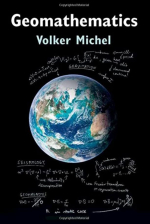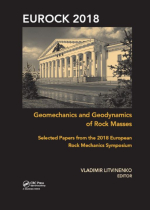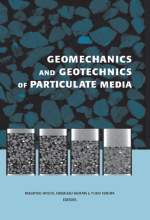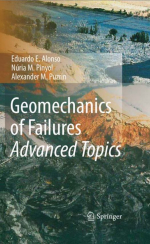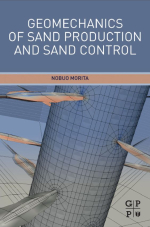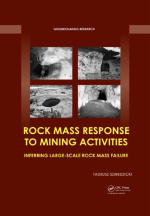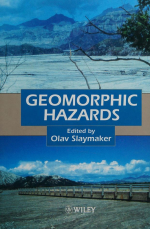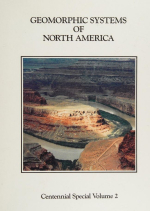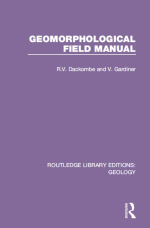Добрый день, Коллеги. Важное сообщение, просьба принять участие. Музей Ферсмана ищет помощь для реставрационных работ в помещении. Подробности по ссылке
- « первая
- ‹ предыдущая
- …
- 83
- 84
- 85
- 86
- 87
- 88
- 89
- 90
- 91
- …
- следующая ›
- последняя »
- « первая
- ‹ предыдущая
- …
- 83
- 84
- 85
- 86
- 87
- 88
- 89
- 90
- 91
- …
- следующая ›
- последняя »


